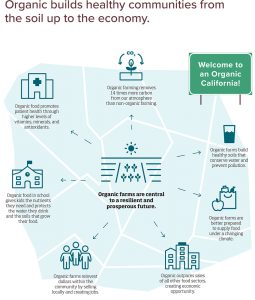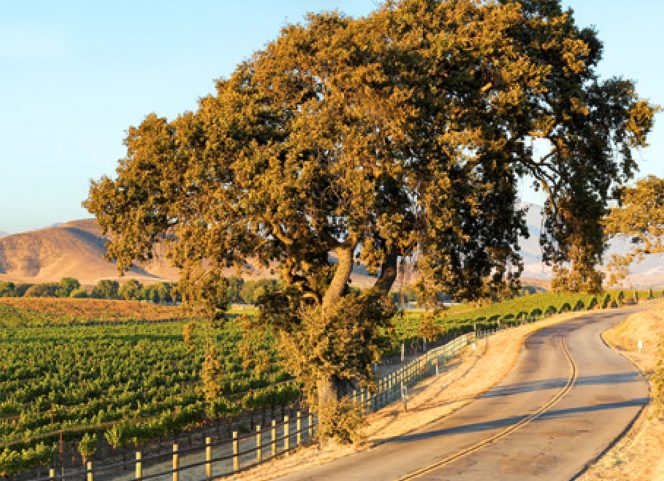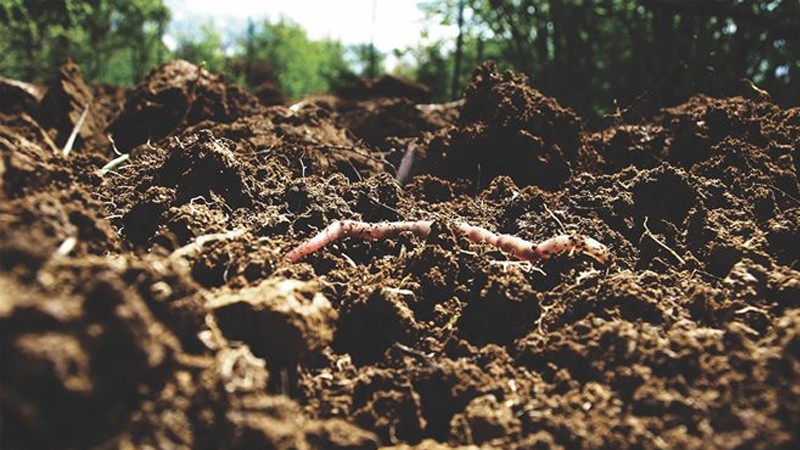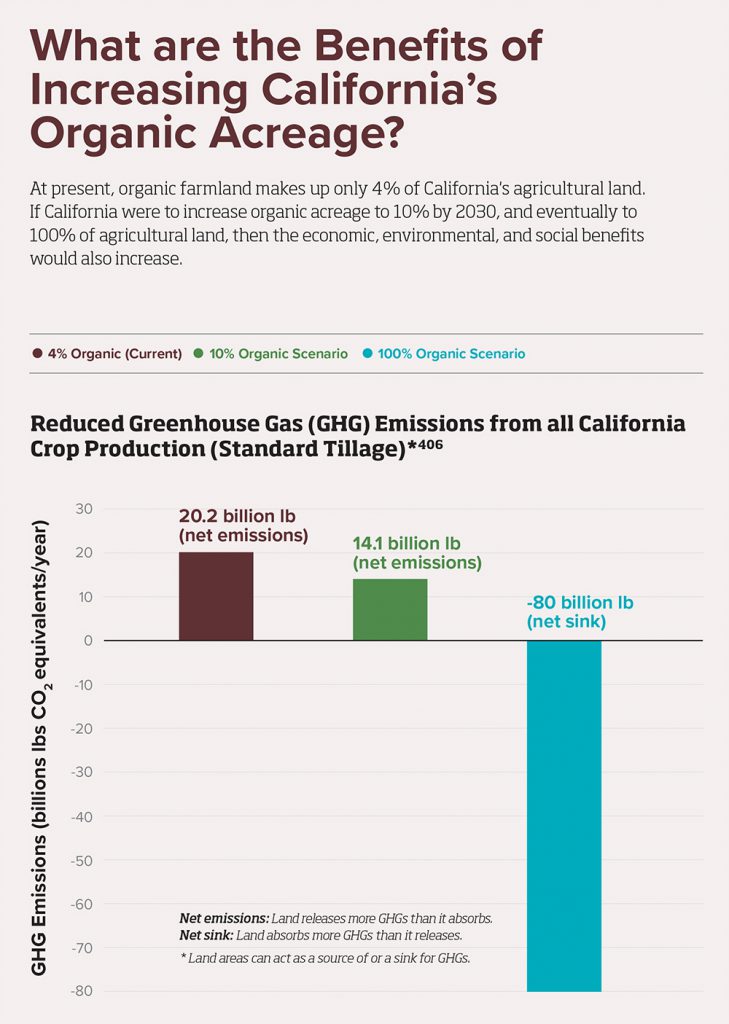Nora Goldstein
After an exhaustive examination of 30 years of peer-reviewed science, California Certified Organic Farmers (CCOF) released its first-ever policy plan, “Roadmap to an Organic California: Policy Report,” on February 18. “This is a first-of-its-kind research project that investigates how organic is a solution to California’s toughest challenges,” explains Laetitia Benador, a Research Fellow at CCOF and lead researcher for the Roadmap project. “The policy report provides concrete next steps to develop organic to secure our future.”
CCOF held a series of stakeholder focus groups throughout California in 2019 to capture insights, data and feedback on draft policy recommendations for the Roadmap. Participants included diverse experts on health, justice, the environment, climate, business, and agriculture. “It is fabulous to move forward a plan with this degree of stakeholder buy in,” adds Benador. “The report offers nearly 40 well-researched and thoroughly vetted policy recommendations that build on the work of our allies.”
The policy report outlines next steps that will maximize organic’s ability to combat climate change and ensure food security under a changing climate, said Kelly Damewood, CCOF’s CEO in a statement when the report was released in Sacramento, the state capital. “To address the climate crisis today, we must build on what we know works. Organic farming, with its tremendous capacity to pull carbon out of the atmosphere and store it in soils, is a known solution. Our organic farmers pioneered many of the climate-smart practices that reduce greenhouse gas levels, yet organic comprises only 4 percent of California’s farmland.”
Nationally, the organic sector is a $53 billion industry, and is growing faster than all other sectors of the food industry, according to CCOF. California accounts for about 35% of all nationwide organic sales, with about $15.5 billion in processed organic foods and about $3.0 billion in agricultural commodities, estimates Benador.
Findings of the literature review, which underlay the policy roadmap, were assembled in a 2019 CCOF “Benefits Report”. Benefits were grouped in 3 categories:
- Economic: The organic sector is growing, creates jobs, and revitalizes local communities.
- Environmental: Organic farms sequester carbon, protect pollinators, keep water sources clean, and provide a multitude of other ecosystem services.
- Social: Organic farmers can nutritiously feed our communities while also keeping people safe from exposure to synthetic pesticides.

Figure 1.
The “web” of economic, environmental and social benefits is illustrated in Figure 1, which CCOF created for the Roadmap report. The totality of these benefits helps CCOF make its case for why California must increase the amount of land farmed organically in the state. Each chapter of the Roadmap details how transitioning farmland to organic production addresses today’s most pressing crises — from extreme weather events to loss of topsoil to food insecurity for millions of Californians.
In an interview, BioCycle asked Benador what her biggest takeaways are from her work on both the Benefits and the Roadmap projects. “With the Benefits report, I was excited to share how healthful organic food is,” she says. “Six out of eight peer-reviewed meta-analyses conclude that organic foods contained higher levels of certain nutrients than conventional foods. The most recent meta-analysis, with the largest dataset to date, finds that an individual switching from a conventional to an organic diet would intake 20% to 40% more antioxidants, or the amount gained in one to two extra portions of fruits and vegetables, without increasing caloric intake.

Photo by Adrian Smith, courtesy CCOF
“With the Roadmap, what stood out the most is how experts from diverse fields all were talking about organic as a solution. I was surprised at how broad our coalition already is! It is very apparent that organic is a holistic approach to growing food and impacts all aspects of our lives. For health professionals, it’s linked to patient health. For farmers, it’s the economic benefits in their local communities. For climate experts, it’s carbon sequestration in healthy soils.”
Organic Farming — Compost — Soil Connections
BioCycle was founded by Jerome (Jerry) Goldstein in 1960 as the journal, Compost Science. Goldstein was editor of Organic Gardening and Farming magazine at the time, and understood the critical role that compost plays in organic agricultural practices. Fast forward to 2020, and attention is being paid to compost not just for the role it plays in soil health, but also in sequestering carbon. “Compost is a key way that organic farmers build soil health,” emphasizes Benador. “They either make their own compost on the farm, or purchase it commercially. California farmers use all the compost they can get.”
Why then, we asked, does the Roadmap not reference compost specifically? “The policy report was focused on establishing next steps to use organic as a tool to solve problems,” she explains. “The report does not focus on any one practice, but speaks to the value of organic farming as a holistic approach to growing food while protecting the environment. We tried to ‘de-wonkify’ the narrative and put organic agriculture in a larger context, using the Roadmap to highlight how California can benefit from organic.”
The Roadmap points out that certified organic production, through the federal National Organic Program, is the only farming system where federal law requires farmers to maintain or improve soil health: “Healthy soils are indicated by high levels of soil organic matter (SOM) …. Long-term comparison trials across the United States show that organic farming significantly increases SOM … Significantly higher SOM allows organic soils to store more carbon than nonorganic soils and provides numerous other climate benefits.” Figure 2 illustrates carbon sequestration today, with organic comprising 4% of California farmland, versus the 10% by 2030 (2.4 billion lbs/acre/year of carbon) called for in the Roadmap. It also calculates what 100% organic would sequester — 15.3 billion lbs/acre/year.
Furthermore, as BioCycle readers know very well, soils high in organic matter “act like a sponge to absorb and store water,” continues the Roadmap. “… the water efficiency of organic systems is an important adaptation strategy because organic crops can produce higher yields under drought conditions by accessing water stored in soils. Creating resilient farms is key to ensuring water and food security.”
Soil Policy Recommendations
Despite long-term research that demonstrates organic systems build healthy soils, California’s policies do not recognize organic agriculture as a healthy soil and climate strategy, states CCOF in the Roadmap. For example, notes Benador, the California Department of Food & Agriculture’s (CDFA) Healthy Soils Program (HSP) does not include organic farming as a HSP. “The HSP offers funding to farmers and ranchers to put in proven carbon farming practices, such as cover cropping and mulching, but it doesn’t include organic certification,” she says. “We are asking CDFA to add organic certification to the list of climate smart practices. This would support farmers who are looking to transition to organic and ensure that healthy soils practices are followed long-term.”
Specific soil recommendations in the Policy Roadmap include:
- California should add an organic option to HSP that would fund farmers to develop their organic system plans — a critical component to becoming certified organic — in conjunction with implementing healthy soils practices.
- Have organic agriculture representation on the state’s Fertilizer Research and Education Program (FREP) Board. Researching organic fertilizers is critical because synthetic fertilizers are linked to potent greenhouse gas emissions. California should require an organic expert sit on the FREP Advisory Board and Technical Advisory Subcommittee.
- Invest in research to understand the soil health benefits of “stacking” on organic farms. In order to meet the healthy soil requirements of organic certification, organic farmers implement a full menu of soil-building practices. Preliminary research shows that utilizing multiple soil-building practices (“stacking”) can result in better overall soil health, including increased carbon storage, which helps mitigate climate change. “We are asking California lawmakers to invest in research to more accurately quantify the climate benefit of stacking multiple healthy soils practices,” explains Benador. “This includes use of compost.”
Editor’s Note: Reference citations for data presented in this article are available in both the Benefits Report and the Policy Roadmap.














